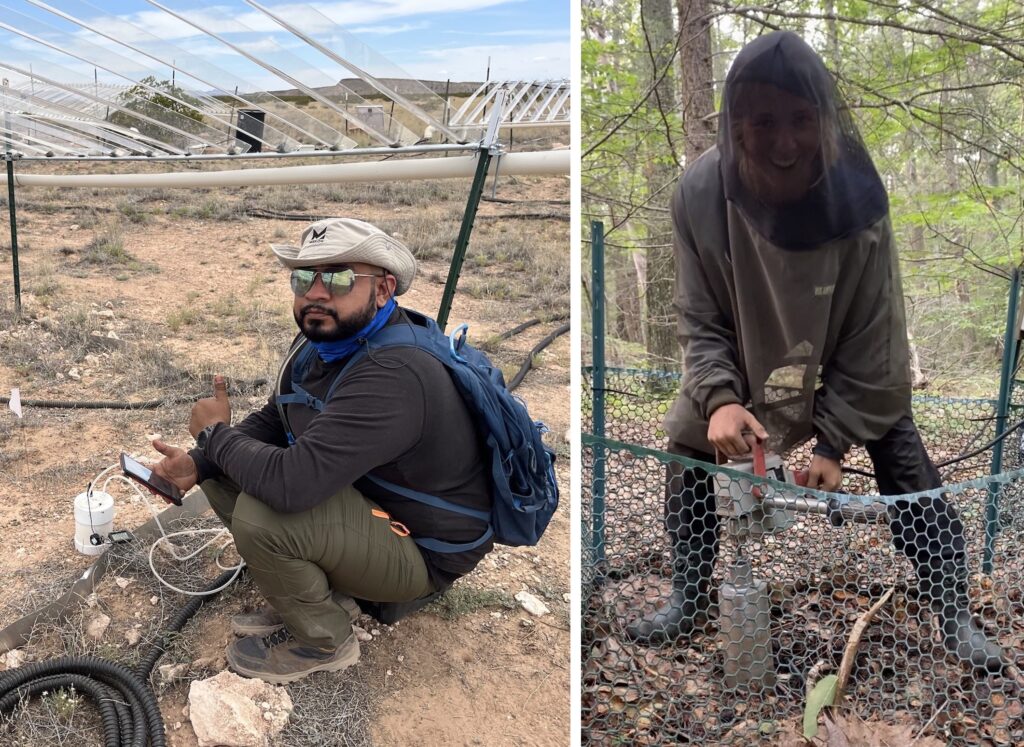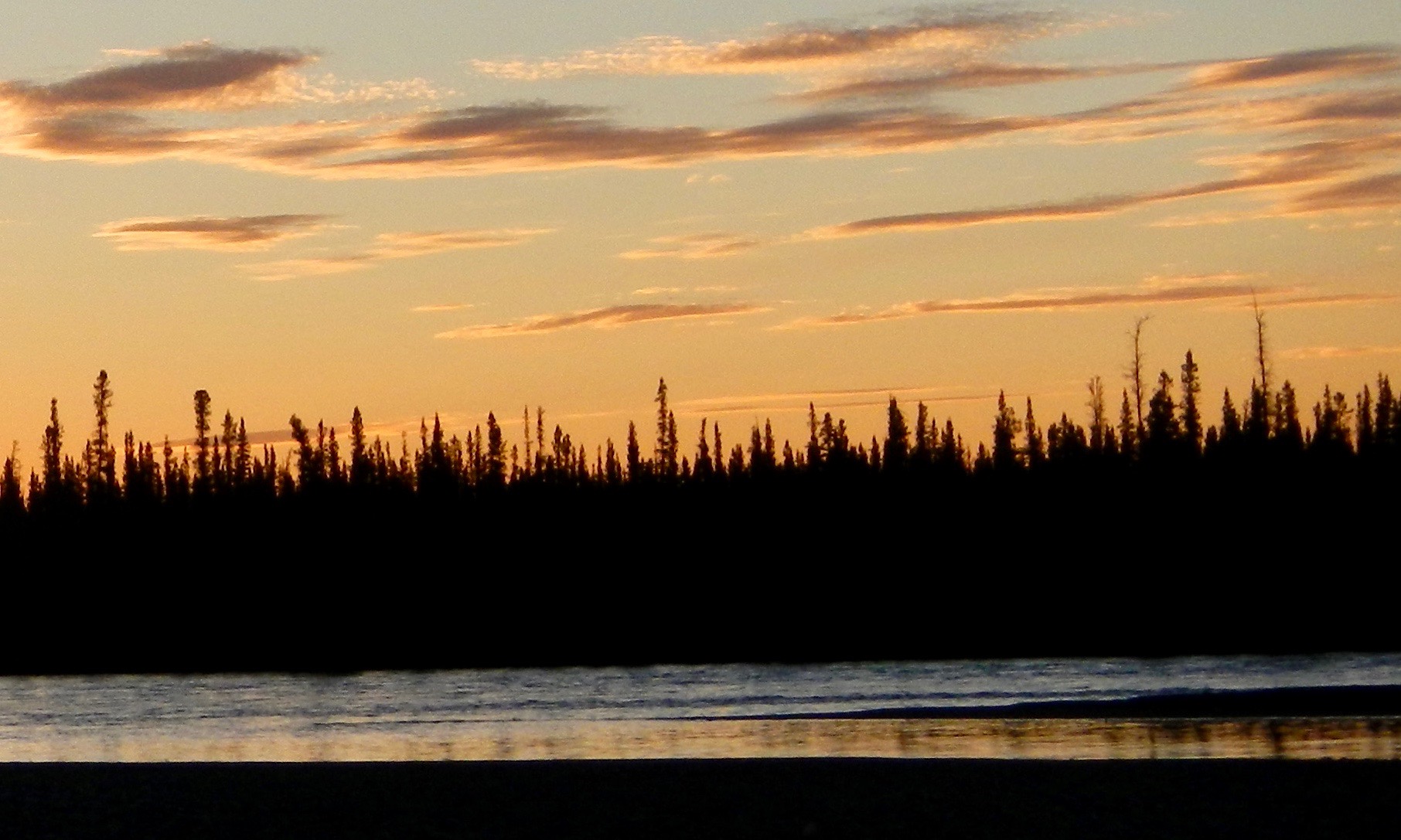Many lab members took advantage of the summer months to work on projects from the Southwest to the Northeast (and Hawaii, too).
Oscar visited his field site on Cedar Mesa, Utah, where he installed sap flow sensors, dendrometers, and a phenocam in the AmeriFlux (US-CdM) tower footprint.
Austin traveled to the Sevilleta National Wildlife Refuge, New Mexico, to help REU student Raul Valencia with soil respiration measurements (see the photo below of Raul taking FluxPuppy for a walk); he also visited his own field site at the Rocky Mountain Biological Lab, near Crested Butte, CO.
Jacob helped out with a new field installation at Sevilleta, but spent most of the summer wrapping up his undergraduate research at the RainMan experiment south of Tucson, which aims to understand the impacts of shifting precipitation patterns on Sonoran desert ecosystem functioning. We look forward to his arrival in Flagstaff later this summer!
Darby toured our long-running AmeriFlux (US-Bar) tower site at the Bartlett Experimental Forest, New Hampshire, now in its 20th year of measurements. She also collected soil samples from the Barre Woods soil warming study and EBIS plots at Harvard Forest, Massachusetts (see the photo below of Darby extracting soil cores at Harvard Forest using a HoleHawg) for radiocarbon analysis on NAU’s MICADAS to estimate turnover times of different horizons and density fractions.
On vacation in Hawaii, Andrew successfully got the “kamuela2” phenocam, near the Big Island town of Waimea, back online. The camera has been in operation since 2019, after the original “kamuela” phenocam was in operation from 2010 through 2018.


